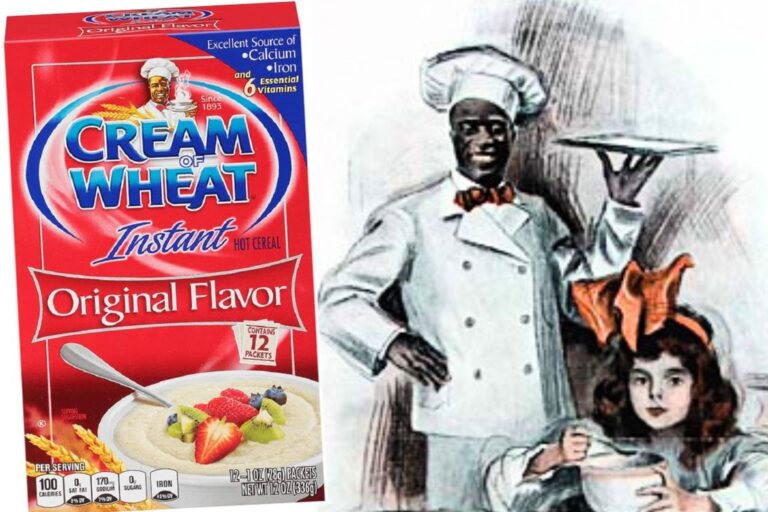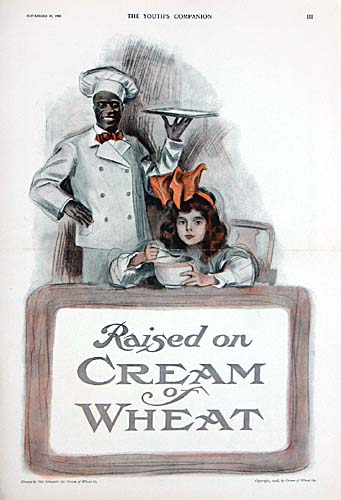In Loving Memory of Eleanor “MaDear” Applewhite Logan (February 15, 1928 -June 2, 2025)
Eleanor Hollis (Applewhite) Logan was born on February 15, 1928 in La Vernia, Texas to the Union of Claude and Effie Applewhite. She accepted Christ at an early age, which later encouraged her to become a minister.
Eleanor, who was called “MaDear”, by family and close friends, along with her family lived in La Vernia, Texas. She graduated from William B. Ball High School in 1946 and graduated from Conroe College in Seguin, Texas.
Eleanor married the love of her life, Chester Logan, Sr. and moved to San Antonio, Texas. To this union a son, Chester Logan Jr- Hussein Ali and a daughter, Sherry Louise Logan was born. Eleanor worked as a bank teller at Fort Sam Houston National Bank in San Antonio for 22 years. During her many years of service, she received numerous awards for her outstanding work performance before retiring.
Rev. Logan received her certificate of ordination in March of 1976 from Four Gospel Tabernacle Church. She served as a minister at Fort Lewis Washington in Tampa, Florida then later became the minister of her own church, Faith Temple Tabernacle. She was not only a great minister, but a great mentor to worthy young people and adults.
On June 2, 2025, Eleanor answered God’s call from labor to rest.
She was preceded in homegoing by her father; Claude Applewhite, mother; Effie Applewhite, husband; Chester Logan, Sr., sisters; Leola Gonzales and Bertha Mae Wheat, brothers; Earskin Applewhite, Manuel Applewhite, and Dudley Applewhite, and her wonderful and beloved son; Hussein Ali. She leaves to cherish her memory her loving daughter; Sherry Louise Logan, her devoted daughter-in-law; Jacquelyn Ali, four grandchildren, ten great grandchildren, and two great, great grandchildren, all of San Antonio, and a host of relatives and friends.
Do not mourn death, but enjoy life!
Services
Visitation: June 11, 2025 8:00 am – 10:00 am, MeadowLawn Funeral Home
Funeral Service: June 11, 2025 10:00 am – 11:00 am, MeadowLawn Chapel
Cemetery: June 11, 2025 11:15 am, MeadowLawn Memorial Park
Location of services: MeadowLawn Funeral Home, 5611 E. Houston St., San Antonio, TX 78220

















